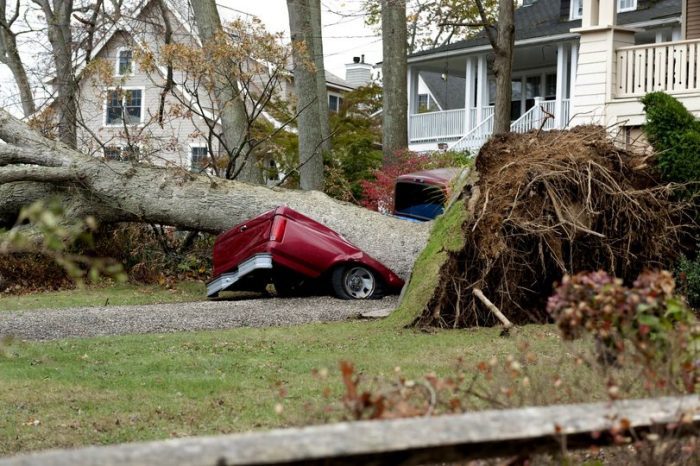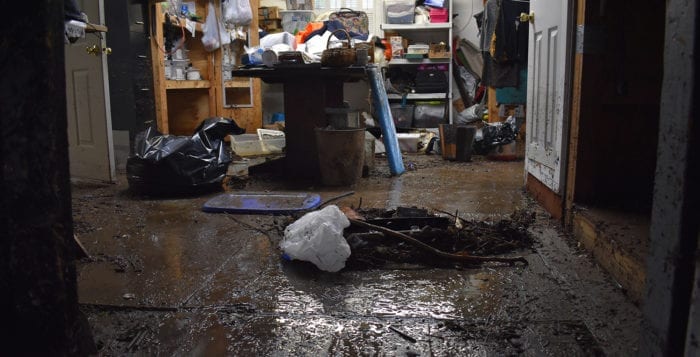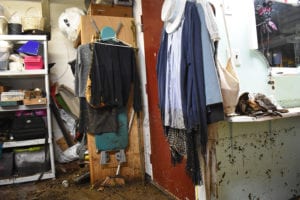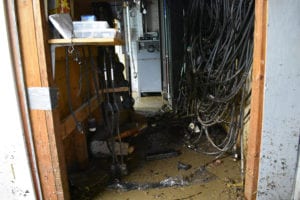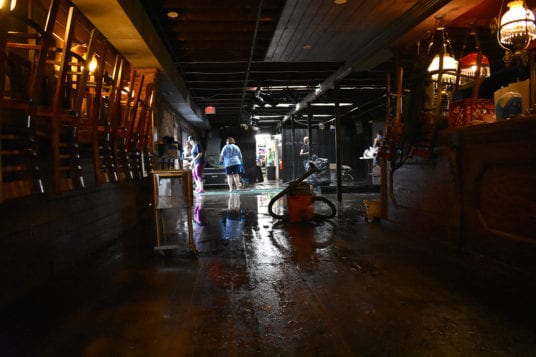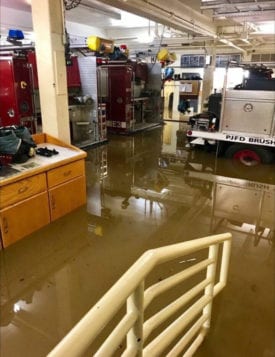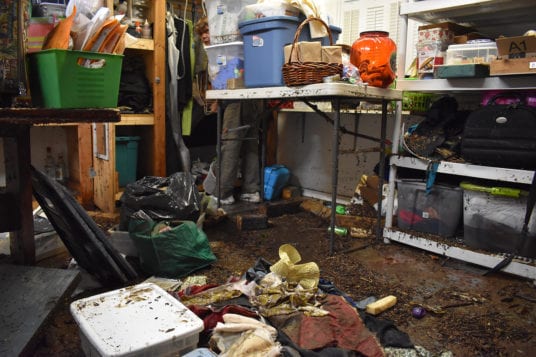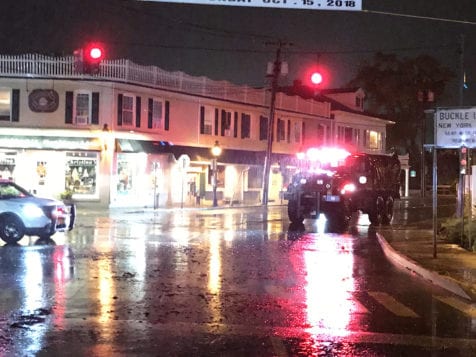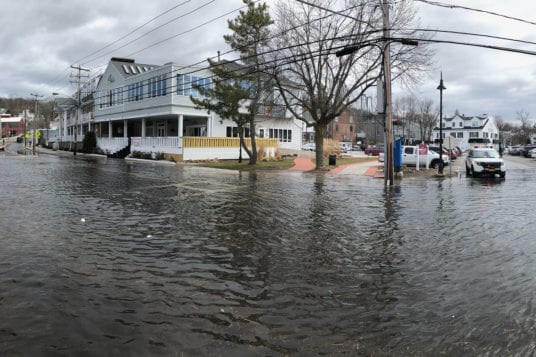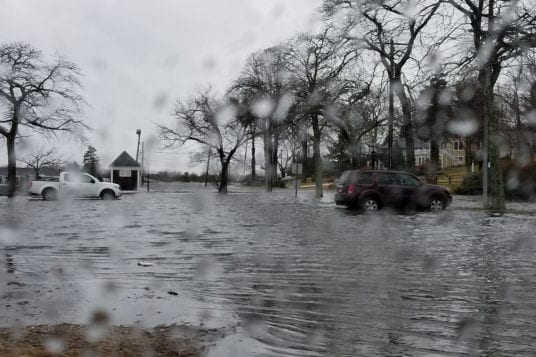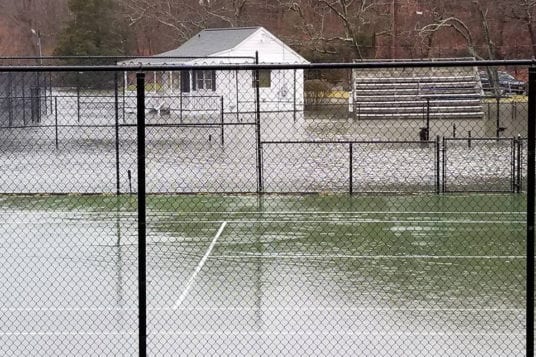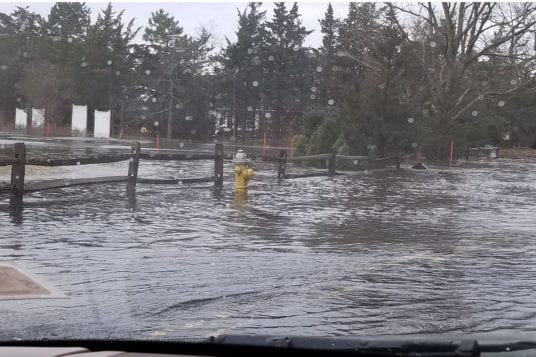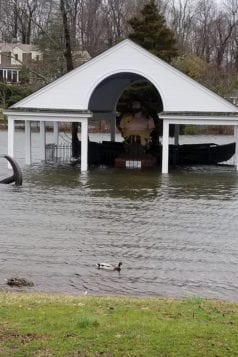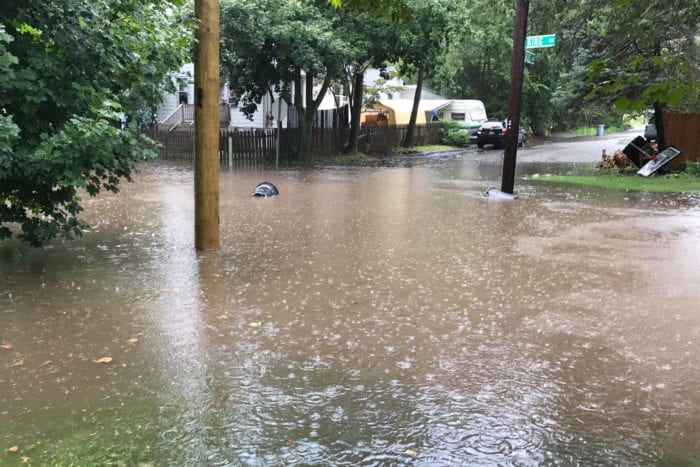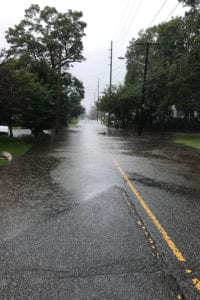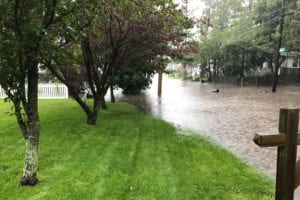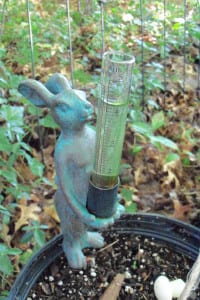PSEG Long Island is prepared for the third storm to hit the service area in seven days, with gusty winds and heavy rain forecasted for Friday evening, Jan. 12 into Saturday, Jan. 13.
The weather system could bring rainfalls of nearly 2 inches in certain areas, along with peak wind gusts of 42-58 mph across the service area — enough to potentially topple trees, bring down branches on wires and cause outages.
PSEG Long Island has personnel ready to respond safely and as quickly as possible throughout the storm. Additionally, approximately 160 off-Island utility personnel are being procured to work alongside PSEG Long Island’s highly trained crews.
“PSEG Long Island is closely monitoring the third weather front to approach our area in a week, and we are once again prepared for potential impacts on the system,” said Michael Sullivan, vice president of Electric Operations at PSEG Long Island. “We have performed system and logistic checks, and have a full complement of personnel who will mobilize for restoration in stormy weather conditions. Our crews will work to safely restore any outages as conditions will allow.”
Customers are asked to note the important storm safety tips below and to visit psegliny.com/safetyandreliability/stormsafety for additional storm preparation information.
Customer Safety:
- Downed wires should always be considered “live.” Please stay as far away as possible from them, and do not drive over or stand near them. To report a downed wire, call PSEG Long Island’s 24-hour Electric Service number at 800-490-0075 or call 911.
- Electric current passes easily through water. If you encounter a pool of standing water, stop, back up and choose another path.
- Never use a generator or any gasoline-powered engine inside your home, basement, or garage or less than 20 feet from any window, door, or vent. Use an extension cord that is more than 20 feet long to keep the generator at a safe distance.
Stay connected:
- Download the PSEG Long Island mobile app to report outages and receive information on restoration times, crew locations and more.
- Report an outage and receive status updates by texting OUT to PSEGLI (773454). You can also report your outage through our app or our website at psegliny.com/outages.
- To report an outage or downed wire, you can also call PSEG Long Island’s 24-hour Electric Service number at 800-490-0075.
- Follow PSEG Long Island on Facebook and X (formerly Twitter) to report an outage and for updates before, during and after the storm.
- Visit PSEG Long Island’s MyPower map for the latest in outage info, restoration times and crew locations across Long Island and the Rockaways at mypowermap.psegliny.com/.

